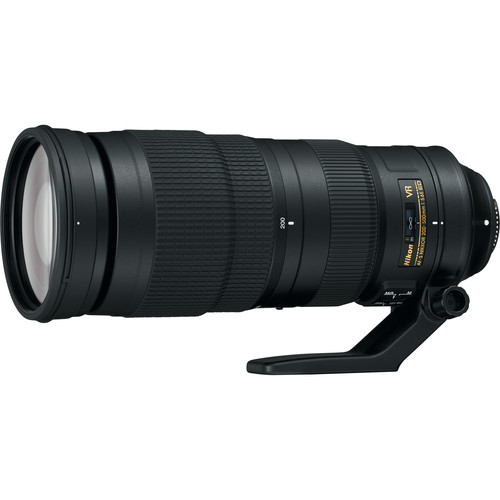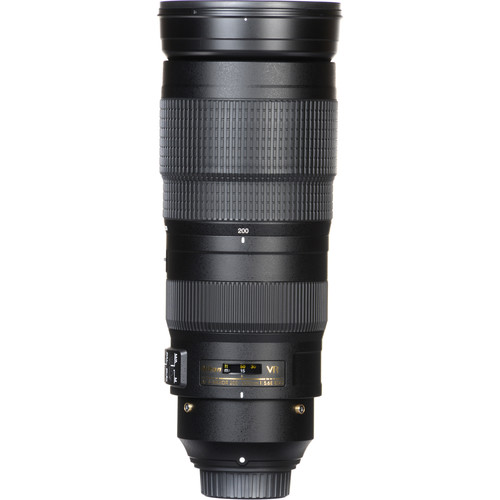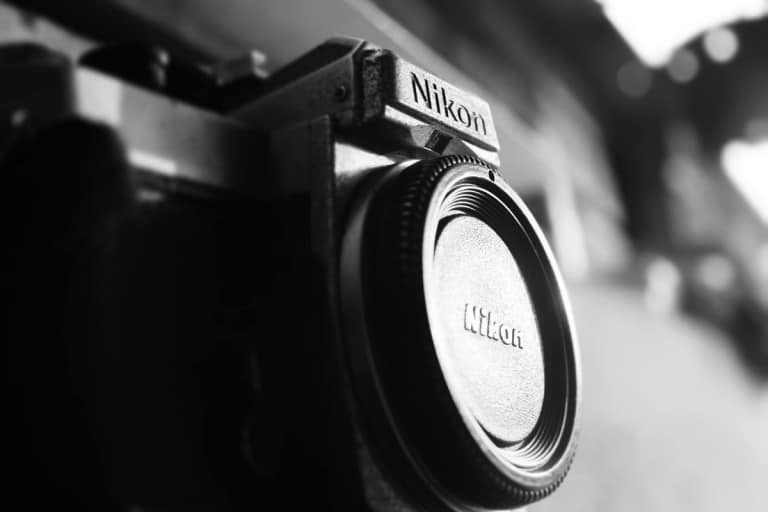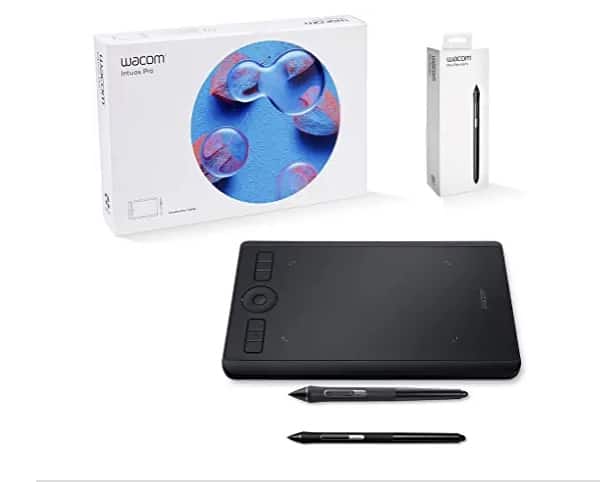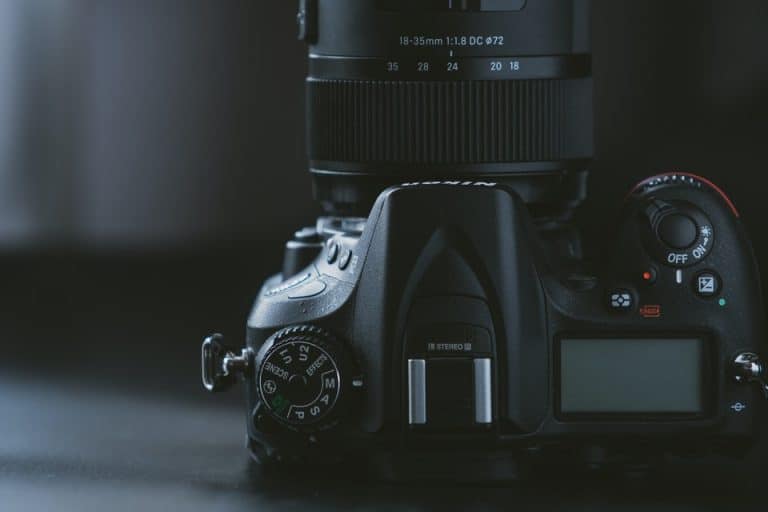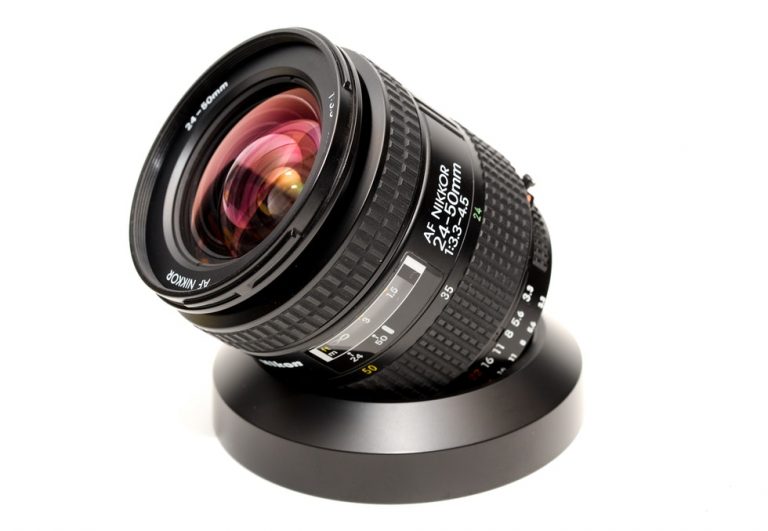Thinking about a mega zoom? Here’s a Nikon 200-500mm f/5.6e lens review
If you’re a wildlife photographer, nature photographer, or sports photographer, sometimes you want to fill the frame with your subject. Problem is, you can’t always get closer to your subject. That’s where super-telephoto lenses or a mega zoom like the Nikon 20- 500mm f/5.6e ed VR comes into play.
So is this big dog of a lens worth the price? I’ll give you my thoughts on the Nikon 200-500mm f/5.6 E ED after renting it for a long weekend of birding and wildlife watching in Wyoming and Colorado.
Why I Rented This 200-500mm Lens
I’m a professional photographer, but when it comes to wildlife photography, I’m really more of a hobbyist. I love spending a morning in the field trying to capture sandhill cranes or wild turkeys. But I don’t make a living with wildlife photography, so I’m limited in my equipment.
I’ve been looking into buying a used super-telephoto lens for a few months now. I want something for birding and our trips in the field when our family goes hiking, hunting, fishing, or camping. I’m also doing more sports photography where I need a bit more reach. A lens that could double for wildlife and sports would be ideal.
A few weeks ago, my husband proposed a trip to Rocky Mountain National Park to watch the elk rut. I agreed and decided it would be a great chance to rent a big lens. First on my list to try? This Nikon 200-500mm f/5.6e ed lens.
This Nikon 200-500mm f/5.6e ed lens review will give you my overall impression of the lens and how it handled. I’m not going to throw up a lot of charts and graphs because I’m more concerned with how the 200-500mm f/5.6e ed lens performs in real shooting conditions. If you’re looking for those, you can find a more technical review here.
And remember, this is a rental 200-500mm lens that I had for less than a week. I didn’t do any calibration or micro-adjustments and I’m certainly not proficient at it. Those disclaimers aside, let’s get to my review of the Nikon 200-500mm f/5.6e ed VR lens. I wanted to get some overall impressions of the lens and answer the following questions:
- Can I shoot the Nikon 200-500mm lens hand-held?
- Can I photograph sports with the Nikon 200-500mm lens?
- Are telephoto lenses like this one sharp?
- How does the Nikon 200-500mm lens perform with portraits?
The bad news is we missed the elk. The good news is, we saw some deer, had a great time as a family and I enjoyed using the Nikon 200-500mm lens.
Product Specifications
Name
Nikon AF-S Nikkor 200-500mm f/5.6 lens E ED VR
- AF-S: Refers to the Autofocus Silent driven by a Silent Wave (SW). This allows the Nikon 200-500mm f/5.6e ed VR lens to focus faster yet more silent.
- Nikkor: Nikon’s brand name for all lenses.
- E: An electromagnetic diaphragm mechanism that delivers aperture blade control when using auto exposure. Even with an optional teleconverter, the Nikkor 200-500mm f/5.6e ed VR lens operates in sync with the fastest shutter speeds and frame rates.
- ED: The ED glass or extra-low dispersion glass minimizes any aberration or the moment when light rays pass through the Nikon 200-500mm f/5.6e lens at various points.
- VR: Vibration reduction image stabilization that reduces camera shakes for up to 4.5 shutter speed stops.
- IF: Internal focusing without affecting the overall outside length of the Nikkor 200-500mm f/5.6e lens.
Lens Mount
This is an F-mount type, which means it has an interchangeable lens mount for Nikon’s single-lens reflex cameras. Almost all F-mount lenses rotate focus and zoom controls in the clockwise direction to increase focal length and distance, respectively.
Aperture Range
This Nikon 200-500mm lens features an aperture range of f/5.6 to f/32. While the aperture f/5.6 is a bit slow at 200mm, it is rather excellent when you zoom in at 500 mm. For fast-moving wildlife or in-flight birds, it’s preferable to use f/7.1 or f/8 to extend the depth of field.
The optimum apertures between f/8 to f/16 provide the best quality across all focal lengths. While there is a fall-off or the darkening of corners at the widest aperture, the performance remains good with limited diffraction lens elements.
When I photograph wildlife relatively close, I can achieve sharp images and vibrant colors using a fast aperture f/5.6, without needing an f/8. The constant aperture gives images amazing out-of-focus backgrounds across the entire zoom range.
Focal Length
The focal length range is perfect for both full-frame and crop-sensor cameras. It also has one of the most versatile and best reaches due to its corresponding field of view of 300-750 mm and the ability to shoot fast action at up to 10 frames per second.
This allows me to practice until I find the focal length I’m most comfortable using. The length between 200 to 400 lets me photograph land wildlife without disturbing their space. If I see birds in the distance, I can easily shift to 500 mm.
Vibration Reduction
This Nikon 200-500mm lens has an impressive vibration reduction image stabilization performance, boasting the ability to capture sharp images even at apertures between f/18 and f/15.
I always turn the VR on, especially when I’m not using a tripod. If you’re always chasing down wildlife or people in motion, the vibration reduction lets you combat camera shake.
Whenever I choose the Sport mode, the lens provides 4.5 stops of vibration reduction. This helps me take pictures at shutter speeds I wouldn’t normally use for this kind of focal length.
Minimum Focus Distance
This lens has a minimum distance of 7.22 feet, which is the ideal minimum distance for wildlife and bird photography. At this distance, I get the perfect focus in most cases.
Optical Construction
The optical construction consists of 18 elements in 12 groups. This lens has three large extra-low dispersion glass elements in front, yet it doesn’t feel front-heavy for hand-holding.
In fact, the ED glass helps reduce chromatic aberrations to improve image quality. The lens feels well-balanced for hand-holding, whether I’m shooting at 200 mm or extending to 500 mm. Additionally, there are nine blades that let the aperture close down to f/32 at the maximum.
Weight
The lens weighs 4 pounds without a tripod collar and 5 pounds with a tripod collar. During my first few tries, the lens feels a bit heavy. Over time, I became comfortable with the weight, especially since I was frequently hand-holding it.
Filter Size
The lens takes 95mm filters, which aren’t cheap. If you use filters on your lenses, budget for $125 or more for a quality filter for this lens.
Due to the large filters, as with most telephoto lens types, you can use them even on a full-frame camera (FX-format) without the fear of vignette or shading the edges of the frame. I usually bring a filter to protect the front ED glass elements from scratches and dirt when bringing this lens into the wilderness with a full-frame camera.
Weather Sealing
Whether I’m shooting indoors or outdoors, I have to be cautious about humidity, moisture, and dust. Fortunately, this lens has quite decent weather sealing in the form of a rubber grommet at the lens mount. This helps me shoot without worries in a dusty forest or under some drizzle, making the Nikon 200-500 a travel-friendly lens.
Despite the weather sealing, some parts make use of plastic, so you still have to be extra careful about bumping the lens. Make sure to clean the front element, outer lens barrel, and mount after using it in such weather conditions.
Other Features
Rotating tripod collar, lens hood, focus limiter switch, manual focus ring.
I rented this lens from LensProToGo.com. It can be purchased from any authorized Nikon dealer like your local camera store (be prepared to do a special order, this might not be in stock), or online at B&H Photo, Adorama or Amazon. Always use a Nikon authorized seller and ensure your lenses come with the Nikon warranty card.
Price
The price is about $1300 for brand new, and around $800 used in good condition. The Nikon 200-500 mm ED VR is the first hand-holdable Nikkor to reach 500 mm at a low price point.
Overall impressions
I used this lens on my Nikon D500 and Nikon D750. I used it the most on the D500, as that’s the camera I’m most likely to use shooting sports or wildlife.
Build Quality and Size
First impressions in terms of build quality and size once out of the box were that this thing was a beast. The Nikon 200-500mm lens is longer, heavier and girthier than my 70-200mm lens. And that’s saying something.
The exterior housing is mostly plastic, but it doesn’t feel flimsy or cheap. The lens isn’t weather sealed. And it’s an external zoom, so the end of the lens moves in and out as you zoom in and out. If you take pictures in very dusty or wet conditions, that’s something you want to be aware of, as dirt and other debris can get trapped in the small spaces in the lens barrel.
Its size was a problem fitting into my camera bags, however. Neither my messenger-style camera bag nor my backpack style bag could accommodate the lens and my camera body at once.
Zooming
The zoom moved smoothly and easily. It’s a big barreled lens, though. I had to use my whole hand to zoom the lens, whereas on my 70-200 mm or my 24-120mm f/4, I can zoom in and out with just my thumb. I didn’t notice any creep or slipping once I zoomed to my chosen focal length.
Full zoom range from 200mm to 500mm requires almost 180 degrees of rotation on the zoom ring. I found I couldn’t zoom in and out completely without resetting my grip on the lens.
Focus
This lens has a focus limiter switch that goes from close focus to infinity (full range) and 6 meters to infinity. Turning that on limits your camera from hunting for focus across the full range. I mostly left it turned to the full range position.
However, I noticed that the lens has an average focus performance when shooting actions for nocturnal animals during the early morning or late evening. This also applies to small wildlife in action, like birds flying over water or diving for a fish.
Meanwhile, there are times when it has poor focus performance during low light conditions, especially during the night or heavy rain. The lens also struggles to focus when the subject is against a cluttered background at a very long distance.
Autofocus
Excellent autofocus is essential for wildlife and sports photography. Autofocus was quiet and felt fast and accurate. The lens would lock on focus well at all focal lengths.
The Silent Wave Motor (SWM) enables the lens to focus accurately and quietly. Even when I choose autofocus, I can still override autofocus by manual focus and vice versa.
However, the autofocus speed may slow down a bit at 500 mm. When increasing speeds for photographing distance subjects, all I have to do is choose the full autofocus range and close it onto the subject up to 7.2 feet.
Manual Focus
The Nikon 200-500 mm f/5.6 has a manual focus override and a manual focus ring, located at the back of the lens, closer to the camera body. The ring is narrower than the zoom ring. I prefer that location of the focus ring because I’m not going to accidentally bump it when shooting.
While the manual focus ring may be slow at 200 mm, it’s about right for 500 mm. I can rely on the manual focus override when I’m struggling with autofocus due to clutter in front of the subject. While the manual focus ring may feel a bit loose with the manual focus override, it still has exceptional precision and quality.

Sharpness
One of the biggest knocks of these less expensive super telephoto zoom lenses like the Nikon 200-500 mm f/5.6 is it’s lack of sharpness.
I was pleasantly surprised at the sharpness of my images, especially hand-held. Zoomed in to the full 500mm, I did lose some sharpness, especially toward the corners. The lens was sharpest at about 300mm for me. But even at 500mm, I felt like I had good-enough for me images.
And that’s what you’ll have to decide for yourself. This lens isn’t as sharp as my 100mm macro lens. Nor is it going to be as sharp as the Nikon 300mm or 600mm f/4. Unlike the 600mm f/4, this lens is a fraction of the cost of the latter two and offers the benefit of a zoom.
If you’re photographing cheetahs or snow leopards on assignment for National Geographic or selling images for huge prints, the sharpness of this lens is going to be a sticking point. But as a casual wildlife photographer and taking photos of high school sports, it’s sharp enough for me.
I’ll also mention that reading other’s impressions of this lens sounds like sharpness can be a bit hit or miss, depending on your copy of the lens.
Balance
This is a big, beefy lens. But it’s well balanced and doesn’t feel overly heavy or cumbersome when hand-held. It also balanced well on my tripod, using the collar and my D500 with the external battery grip. Once I took that battery grip off, though, the lens and camera became a bit clumsy in my hands. If you’re using a camera with a bigger profile, I think this lens would balance better than say a small crop or mirrorless body.
Teleconverters
The Nikon 200-500mm lens will accept teleconverters. I didn’t use any with it, but other photographers report mixed success. Most report a reduction in AF speed and accuracy and a loss of sharpness.
Fixed aperture
One of the features that drew me to this lens was a fixed aperture. I like that I can maintain my settings regardless of where I’m photographing in the 200-500 focal range.
The minimum aperture f/32 and the maximum aperture f/5.6 are compatible with newer cameras. However, older models require a fixed aperture of f/5.6 instead of this minimum or maximum aperture.
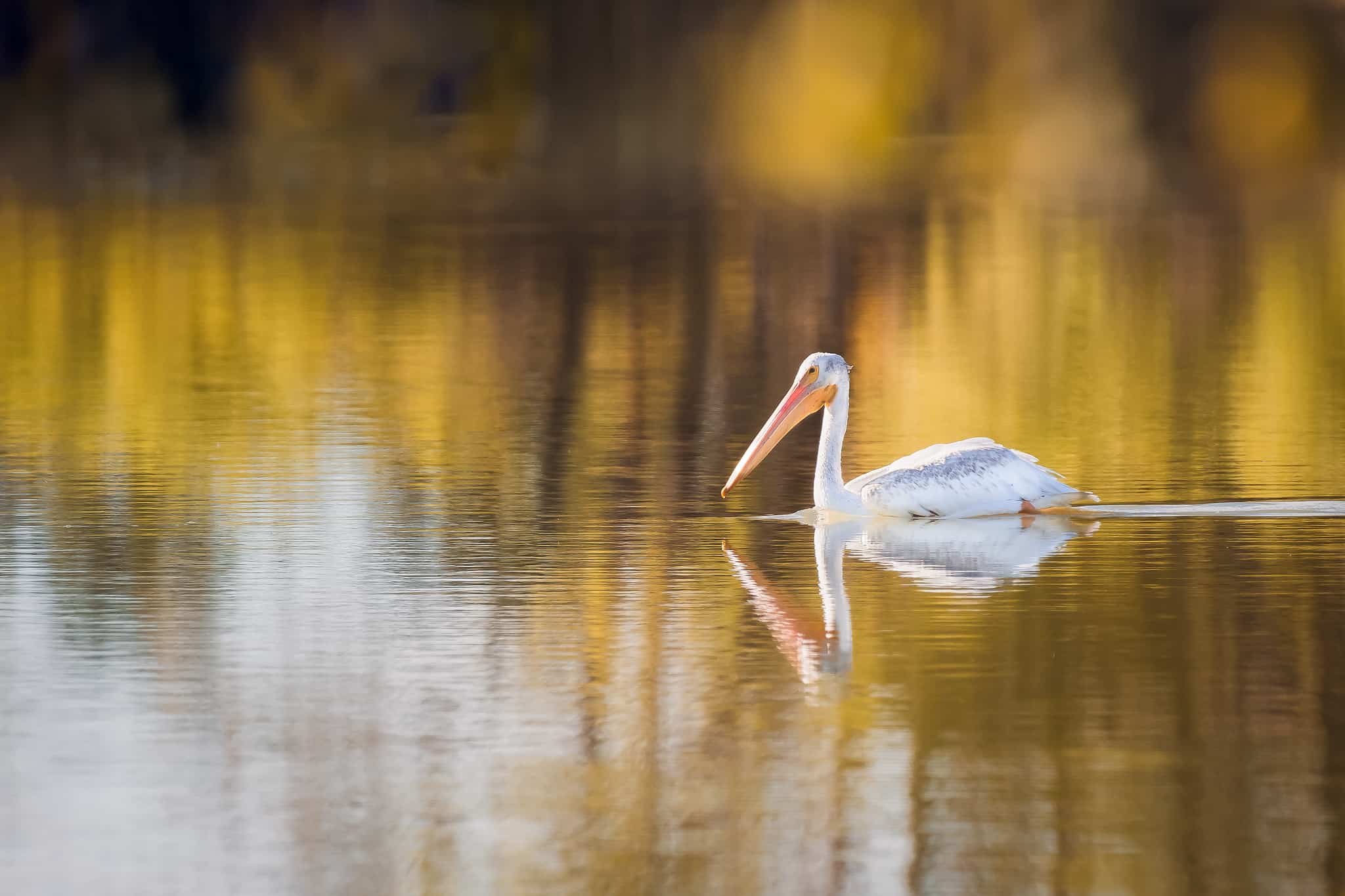
Image quality
I was pleased with the overall image quality. No, this isn’t the same kind of image quality you’ll get with the 300mm f/2.8 lens. But the bokeh was pleasing, there was little noticeable falloff and chromatic aberration wasn’t a significant problem. Lateral chromatic aberration was non-existent at the closer focal lengths, but I did start to notice some at 400 and 500mm.
Because this lens lacks nano-coating, I did notice a small amount of flare when photographing in backlit conditions. The lens hood helped.
Distortion
A telephoto lens often suffers from distinct pincushion distortion. In the case of the Nikkor 200-500, it has minimal distortion at every zoom range and settings. You might see straight lines or slightly inward curves.
However, it’s almost unnoticeable, especially since most Nikon DSLRs contain settings that can correct distortion. You may encounter some flares if the light source is at the edge or directly in the frame. Fortunately, the flare patterns won’t result in discoloration.
Bokeh
This ED VR lens uses an iris electromagnetic diaphragm with nine rounded aperture blades, creating smooth and creamy out-of-focus areas. For a telephoto zoom lens, this forms pleasing circles of light without any distinct extreme points.
I bring long telephoto zoom lenses whenever I want to create soft yet not distracting foregrounds and backgrounds. When I’m in the city, I can also hold the lens and create good bokeh using Normal mode.

Focus Breathing
Focus breathing refers to the change in focal length whenever you adjust the focusing distance of the lens. With the Nikon 200-500, the focus breathing results in a slightly larger image when focusing closer. The change appears less than 400 mm at the closest distance.
Lateral Color Fringes
The lens may develop a subtle yellow-violet lateral color at 500 mm, although this won’t pose a problem thanks to the extra-low dispersion lens elements that reduce color fringing. There’s also a super integrated coating that suppresses internal reflections and flares to improve contrast, color accuracy, and clarity.
Controls
There are four toggle switches, including two to adjust the Vibration Reduction system and another two to control the focus system. When I’m in a hurry to override the manual focus, all I have to do is switch to M/A.
If I’m shooting inside a fast-moving vehicle, I shift to Sport mode to stabilize panning, especially for fast action shots. I also turn on the Vibration Reduction for additional support, even if I’m using a tripod.
Meanwhile, the Lock 200 button on the immobile zoom ring lets you lock the lens at 200 mm. In this way, you can avoid unintended zooming while in motion. Finally, I find the Full/Infinity control helpful when I want the lens to go from close focus to focusing on the entire focusing range.
Tripod Collar and Foot
The Nikon 200-500 mm f/5.6 comes with a rotating tripod collar. I used the tripod foot with a Manfrotto quick release plate on my tripod with no issues. But the tripod foot isn’t compatible with the Arca-Swiss tripod clamps, which might be an issue for some.
The metal tripod collar turns freely, and locks with a friction-lock knob. You can put and pull it off the back of the lens with no reference clicks. The removable collar allows camera rotation, so you won’t have to tilt the tripod head when shifting from portrait to landscape and vice versa.
Lens Hood
The lens hood is plastic. Mine slipped on and off easily, but I did have it pop off occasionally when I bumped it. Don’t lose the darn thing, or it will cost you around $50 to replace.
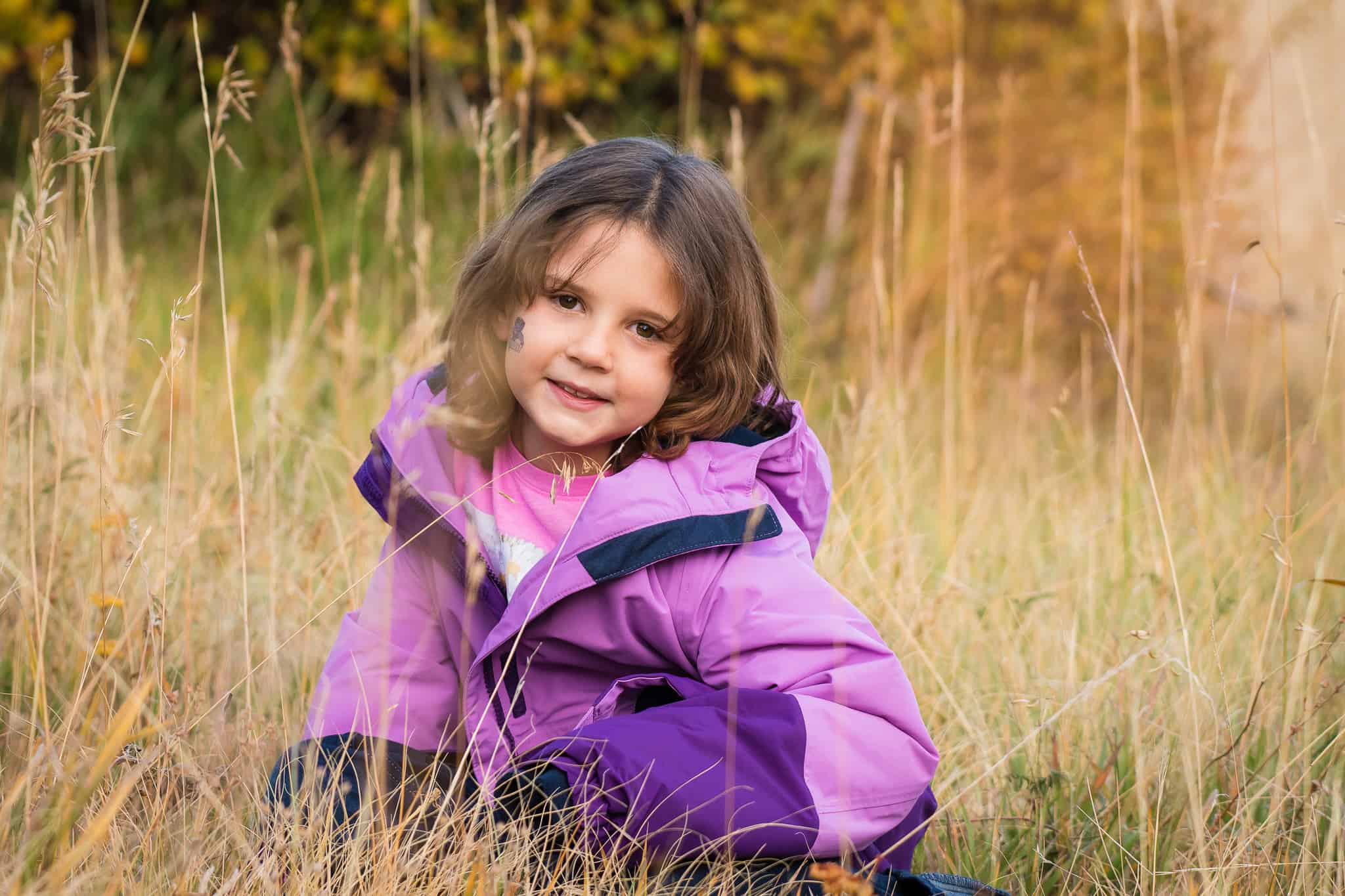
Low Light Performance
Where this lens would struggle is indoors or in low light. At a 5.6 aperture and action-stopping shutter speeds (1/1000 or a second or faster), I’d need to raise my ISO to compensate for the low light. I don’t think I’d have usable images in our local gym or football field at night.
Of course, your gym, arena or field might be lit properly…ours is not. So this lens wouldn’t work for me for volleyball or basketball or night football games or rodeos. But baseball or soccer? Absolutely…with some practice on my part.
Here’s what I do to improve lens performance in low light conditions:
- Shoot in RAW to recover and process pictures.
- Pick a high ISO value, around 2000 to 4000, to balance image quality and noise.
- Set the shutter speed to at least two times the focal length.
- Use shutter speeds between 1/30 to 1/60 if there’s no external light source.
- Focus manually when the autofocus is struggling.
- Use a tripod to improve stability.
Compatibility With Cameras
This Nikkor is compatible with new Nikon full-frame (FX format) cameras like D3, D600, and D800. It also works well with new crop-sensor (DX format) cameras such as D750, D500, and D3400, although it has a narrower field of view.
The downside is that you can’t pair this lens with some older Nikon DSLRs since it features an electronically controlled diaphragm. Consider upgrading if you use D2, D1, D80, D70, D60, D40, D3000, D2000, or D100.
Using the Lens Hand-held
At 5.1 pounds, this lens isn’t exactly lightweight and inconspicuous. It’s a big, beefy lens and everyone will know exactly what you are aiming at. But despite its apparent size and heft, I did find I could comfortably hold this lens and capture sharp images.
The lens offers up to 4.5 stops of vibration reduction. I was able to photograph a portrait of my daughter at 1/80 of a second, hand-held, with fairly sharp results.
To be honest, I wouldn’t want to stand and hold the lens for an entire wedding or football game. After a few minutes of constant shooting, I’d get fatigued. But in a watch-wait-shoot scenario, like in a bird blind or on the trail, taking pictures hand-held wouldn’t be a problem.
Using the Lens for Sports Photography
I can’t answer this question definitively. I had planned to take the lens to a high school football game and try it out. But as we headed to the stadium, the clouds rolled in and the rain started. I wasn’t willing to risk a non-weather sealed rented lens in the rain, and my existing rain cover was on my 70-200mm f/2.8 lens. So the Nikon 200-500mm f/5.6 stayed at home.
But I did work with the lens in dry conditions, trying to take pictures of flying birds, running dogs and trotting horses. I missed a lot of shots, but not because of the lens’s mechanics. I simply had difficulties swinging the camera and tracking my subject. When I had the subject in frame, the camera found and nailed focus quickly and easily.
I’m confident with some practice (and a monopod) this would be a pretty fantastic budget superzoom for sports. I would feel comfortable using this lens for outdoor baseball, football, rodeo, motorsports, etc.
Using the Lens for Portrait Photography
When talking about portraits, a lot of photographers want super wide apertures like f/1.4 or even f/1.2. But creating bokeh and getting creamy backgrounds isn’t just about shooting wide open. By using the focal length of the lens to my advantage, I can render the background into creamy oblivion even at f/5.6.
And because I can hand-hold it with confidence for short amounts of time, this could be an awesome portrait lens. It’s not the first one I’d reach for, but in certain circumstances, it could be exactly what a portrait photographer needs.
The image below is of my daughter as we waited for the elk that never came. Sad face. Ignore the grass in her face…I was trying to operate in stealth mode but she caught me!
Thinking about the 70-200 f/2.8 lens? This is what we have to say!
Recommendations
The Nikon 200-500 lens has benefits as well as some downsides. Before making a final decision, make sure to keep these pointers in mind.
Pros
- Excellent quality in the center frame
- Fast constant aperture for a decent bokeh
- Efficient image stabilization
- Long telephoto reach with sharp optics
- Accurate and fast near silent autofocus
Cons
- Somewhat heavy if not using a tripod
- Performance issues with low light
- Not compatible with older DSLRs
- Soft edges at 200 mm
Lenses similar to the Nikon 200-500mm Lens
It really is an amazing time to be a photographer. Manufacturers like Tamron and Sigma were the first to introduce budget-friendly super-zoom options. After seeing the success of its competitors, Nikon followed suit with this 200-500mm lens. But it’s certainly not the only lens out there worth considering. Here are the other lenses you might want to take a look at before finalizing that online shopping cart:
Budget options
- Tamron SP 150-600mm f/5-6.3 Di VC USD G2 (about $1,300 new)
- Sigma 150-600mm f/5-6.3 DG OS HSM Contemporary (about $900 new)
- Sigma 150-600mm f/5-6.3 DG OS HSM Sports (about $1,700 new)
- Canon EF 100-400mm ƒ/4.5-5.6L IS II USM (about $2,100 new)
- NIKKOR VR 70-300mm ƒ/4.5-5.6
The big dogs (and big price tags)
- Canon EF 600mm ƒ/4L IS II USM (around $13,000 new)
-
Canon EF 800mm f/5.6L IS USM Lens (also around $13,000 new)
-
Nikon AF-S NIKKOR 300mm f/2.8G ED VR II Lens (about $5,500 new)
- Nikon 600mm ƒ/4E FL ED VR (about $12,000 new)
Final Thoughts
If you’re relying on wildlife or sports photography to feed your family or build your retirement account, it makes sense to invest in the best lenses with the most reach. The limitations of the Nikon 200-500mm lens’s 5.6 aperture and lack of sharpness will be a sticking point with anyone expecting high-end, top-of-the-line performance.
But if you’re a casual wildlife or sports photographer or need to travel fast and light when you’re in the field, this lens is definitely worth looking into. This lens is a fraction of the cost of the power telephotos sports and wildlife professional use, making it within reach financially of more photographers.
I was pleasantly surprised at its versatility, overall quality, and ease of shooting for its price. If you’re in the market for a relatively affordable mega zoom, consider the Nikon 200-500mm lens. After spending a few days using it in different conditions, I plan on adding it to my photography wish-list for good!
Happy (close-up) shooting!


